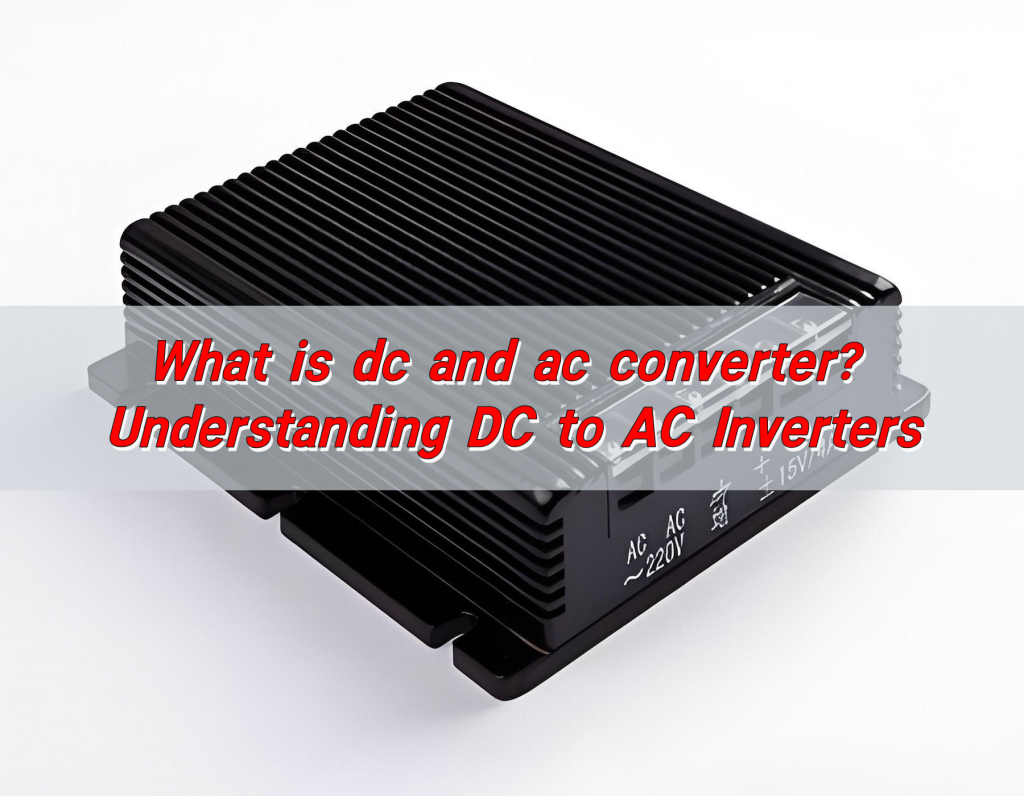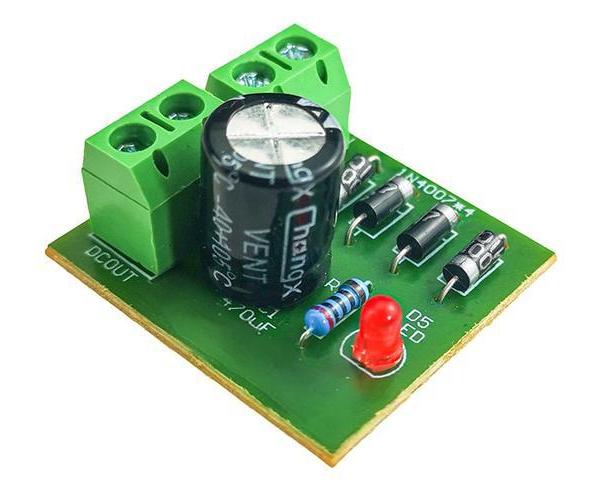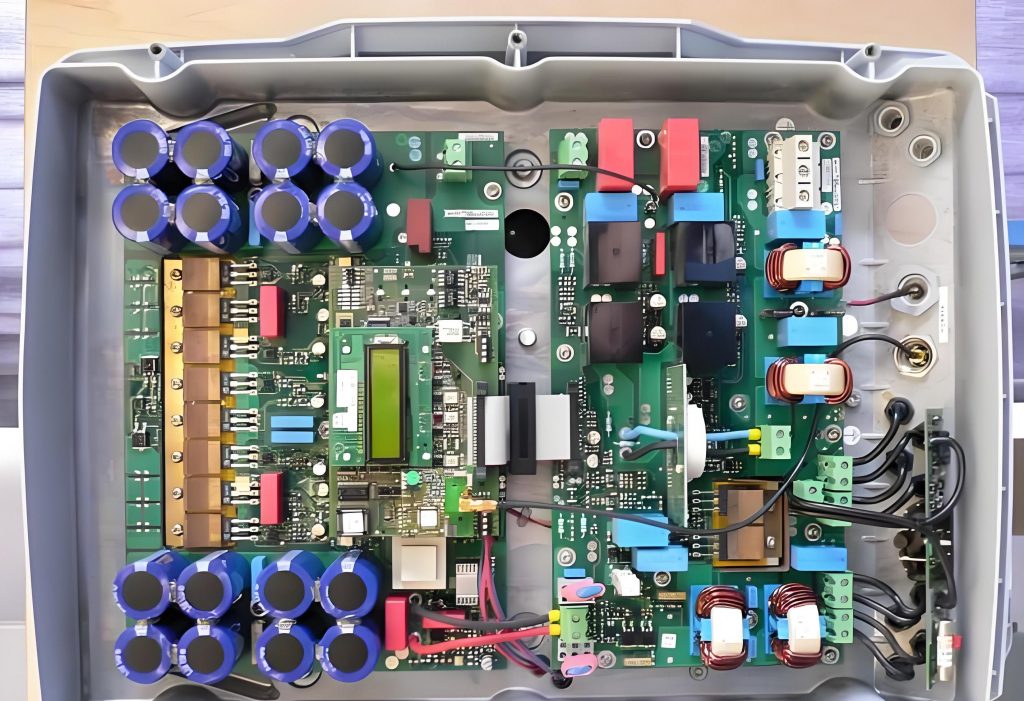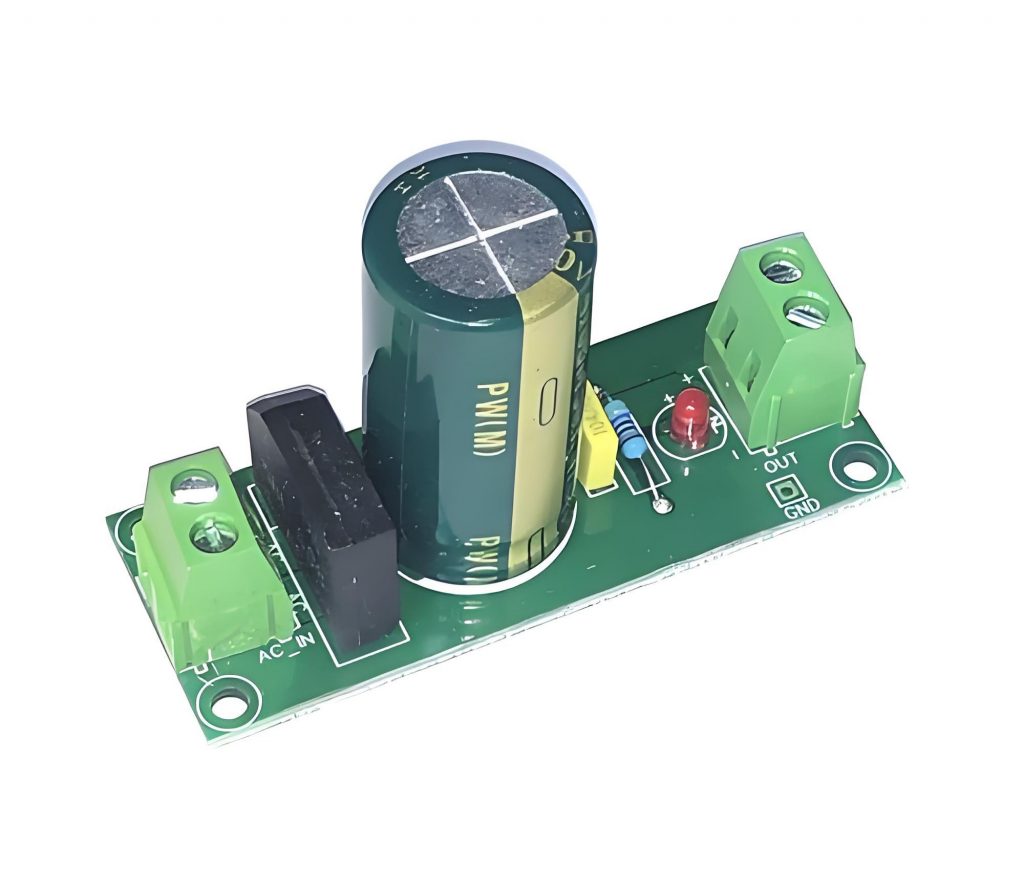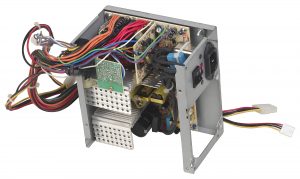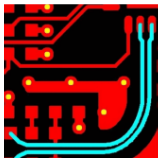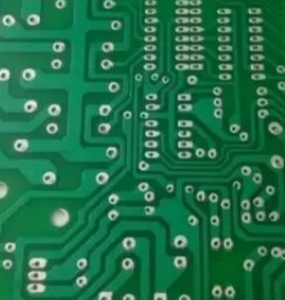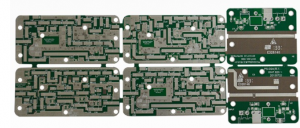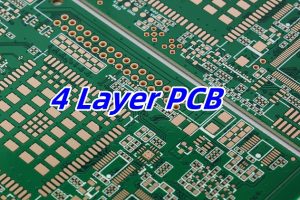What is dc and ac converter? DC and AC converters are electronic devices that can convert DC to AC and vice versa. The one that converts DC to AC is called an inverter, which converts it into a sine wave or other form of AC; the one that converts AC to DC is called a rectifier, which uses the principle of unidirectional conductivity of diodes to convert AC into DC.
What are DC and AC?
DC (Direct Current) is a steady flow of electricity in one direction. ItÔÇÖs the type of power provided by batteries and solar panels. DC is commonly used in electronics, automotive systems, and devices requiring consistent voltage.
AC (Alternating Current) alternates its flow direction periodically. It is the standard form of electricity delivered to homes and businesses via power grids. AC is used for powering large appliances, industrial machinery, and lighting systems due to its efficiency over long distances.
What is an AC and DC Converter?
An AC and DC converter is a device that changes electrical power between the two forms:
- AC to DC Converter: Also known as a rectifier, this device transforms AC power into DC power. It is essential for devices like laptops, mobile phones, and LED lighting that operate on DC.
- DC to AC Converter: Commonly called an inverter, this device converts DC power into AC power. It is widely used in solar power systems, uninterruptible power supplies (UPS), and vehicles.
Modern converters often come with features like adjustable voltage and current to cater to different power requirements. These advanced devices are versatile, efficient, and compact, making them indispensable in various applications.
What is a DC to AC Converter Used For?
DC to AC converters, or inverters, serve multiple purposes:
- Solar Power Systems: Inverters convert DC power generated by solar panels into AC power for household or commercial use.
- Vehicles: Power inverters allow DC electricity from a car battery to power AC appliances.
- Backup Power Systems: Inverters supply AC power during power outages using DC energy stored in batteries.
- Portable Power Solutions: Inverters power tools, electronics, and other devices in off-grid or mobile applications.
Inverters ensure that devices designed for AC can run smoothly on DC power sources, expanding the usability of renewable energy systems and portable batteries.
What Happens if You Use AC Instead of DC?
Using AC instead of DC can damage devices not designed to handle it. DC-powered devices rely on steady current, while AC alternates its flow.
- Cause overheating or burnout of sensitive components.
- Lead to improper functioning or failure of the device.
- Damage internal circuits, rendering the device unusable.
Always check the power requirements of your device before connecting it to a power source to prevent such issues.
What Device Converts AC to DC?
The device that converts AC to DC is called a rectifier. Rectifiers are commonly found in:
- Power Adapters: Used for charging devices like smartphones and laptops.
- Battery Chargers: Convert AC from the mains supply to DC to charge batteries.
- LED Drivers: Power LED lighting systems requiring DC.
Rectifiers often include voltage regulation features to ensure a consistent output, even if the AC input fluctuates.
Why Would You Need to Convert AC to DC?
Converting AC to DC is necessary for several reasons:
- Electronic Devices: Most modern gadgets operate on DC power. A rectifier ensures they receive the correct form of electricity.
- Battery Charging: Batteries store energy in DC form. AC to DC conversion is essential for charging them.
- LED Lighting: LEDs require DC for optimal performance and efficiency.
- Precision Equipment: DC provides stable voltage, essential for sensitive instruments and devices.
AC to DC conversion ensures compatibility between power sources and devices, enhancing functionality and safety.
What is the Device Name for DC to AC Converter?
The device used to convert DC to AC is called an inverter. Inverters come in various types based on their applications:
- Pure Sine Wave Inverters: Provide high-quality AC power similar to that from the grid, suitable for sensitive devices.
- Modified Sine Wave Inverters: More affordable but less efficient, ideal for basic appliances and tools.
- Hybrid Inverters: Combine multiple functions, such as solar energy conversion and energy storage management.
Inverters are vital in enabling DC power sources to drive AC-powered systems effectively and reliably.
Why Choose Best Technology for Custom AC and DC Converters?
At Best Technology, we excel in designing and manufacturing PCBs for AC and DC converters, including specialized DC to AC inverters. Our expertise ensures that every PCB meets the highest quality and performance standards.
Conclusion:
DC and AC converters, including rectifiers and inverters, are essential for bridging the gap between these two power forms. They play a critical role in modern electronics, ensuring devices operate efficiently and safely. For expert support in custom PCB manufacturing, reach out to sales@bestpcbs.com
Tags: dc and ac converter, dc to ac converter, dc to ac inverter


